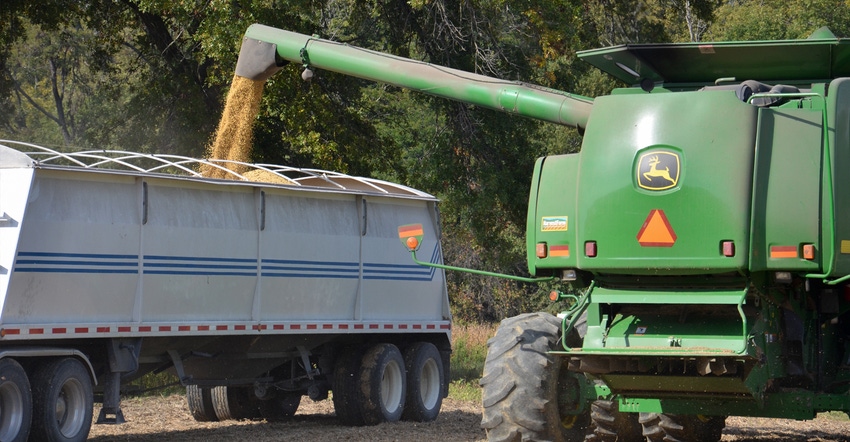January 3, 2017

We have an appreciation for the fuel economy of our vehicles. High fuel prices a few years ago pushed the car industry to improve this efficiency. A hybrid or even a simple four-cylinder car can get 40-plus miles per gallon, whereas a half-ton truck may only get 20 miles per gallon.
Obviously, the most fuel-efficient vehicle is the car in this scenario. But efficiency needs to be balanced with overall purpose. If we’re simply commuting to work, the car is the winner. If we need to haul a trailer with several pallets of seed, the answer is the truck.
We want to make farm management decisions that are highly efficient without making sacrifices in our purpose: grain production and, ultimately, profitability. The conversations around the coffee shop often talk about producing high yields without a true balance in cost-benefit. In other words, does this input or these practices provide a return on investment?
Costs vs. benefits
The cost-benefit balance can be swayed in our favor, increasing efficiency and effectiveness, by reducing expenses without sacrificing yield or by improving yield without increasing expenses, or at least by returning more profit than the costs of the input(s).
A simple but highly pertinent example in producing profitable soybeans is seeding rates. We can produce the same yields with about 100,000 plants per acre compared to almost any plant population above that. One way to be more efficient or cost-effective is to seed lower rates.
Many growers still plant above 160,000 seeds per acre, even with 15-inch planters. Provided the planting equipment does a good job of placing seed in the row at an even depth, growers can easily reduce their rates by 20,000 to 40,000 seeds per acre without sacrificing yield. That assumes actual targets near 140,000 seeds per acre and germination scores near 90%. Those reductions are a savings of approximately 15 cents to 30 cents per bushel, depending on seed costs and yield levels.
Timely planting
Another example of improving the cost-benefit balance is timely planting in late April to early May. This doesn’t cost you anything more than simply being proactive in the timeliness of planting soybeans.
Some varieties have a linear decrease in yield potential from the first week of May, while others hold their yield level until the middle of May. In both situations, the yield loss is about 0.4 bushel per acre per day of delay, so a 10-day delay equals 4 bushels and a 20-day delay equals 8 bushels lost.
About half of Indiana’s soybeans are typically planted after May 20, so many farmers have opportunities to improve yield levels without adding expense. Economic efficiency improves due to greater yield production with the same production costs.
The use of fungicide seed treatment is often needed in this planting date scenario, depending on field history of seedling disease and early-season soil conditions, such as being cool and wet. As of now, insecticide seed treatments haven’t provided a yield or economic benefit to soybean production. That represents an area where we can cut costs without cutting yield.
Regardless of tight economic times or not, we can improve management of soybeans to be more efficient and profitable. Let’s shift out of automatic drive and switch to manual drive to evaluate and alter management decisions for efficient and profitable soybean production.
Casteel is the Purdue University Extension soybean specialist. He writes from West Lafayette.
About the Author(s)
You May Also Like




